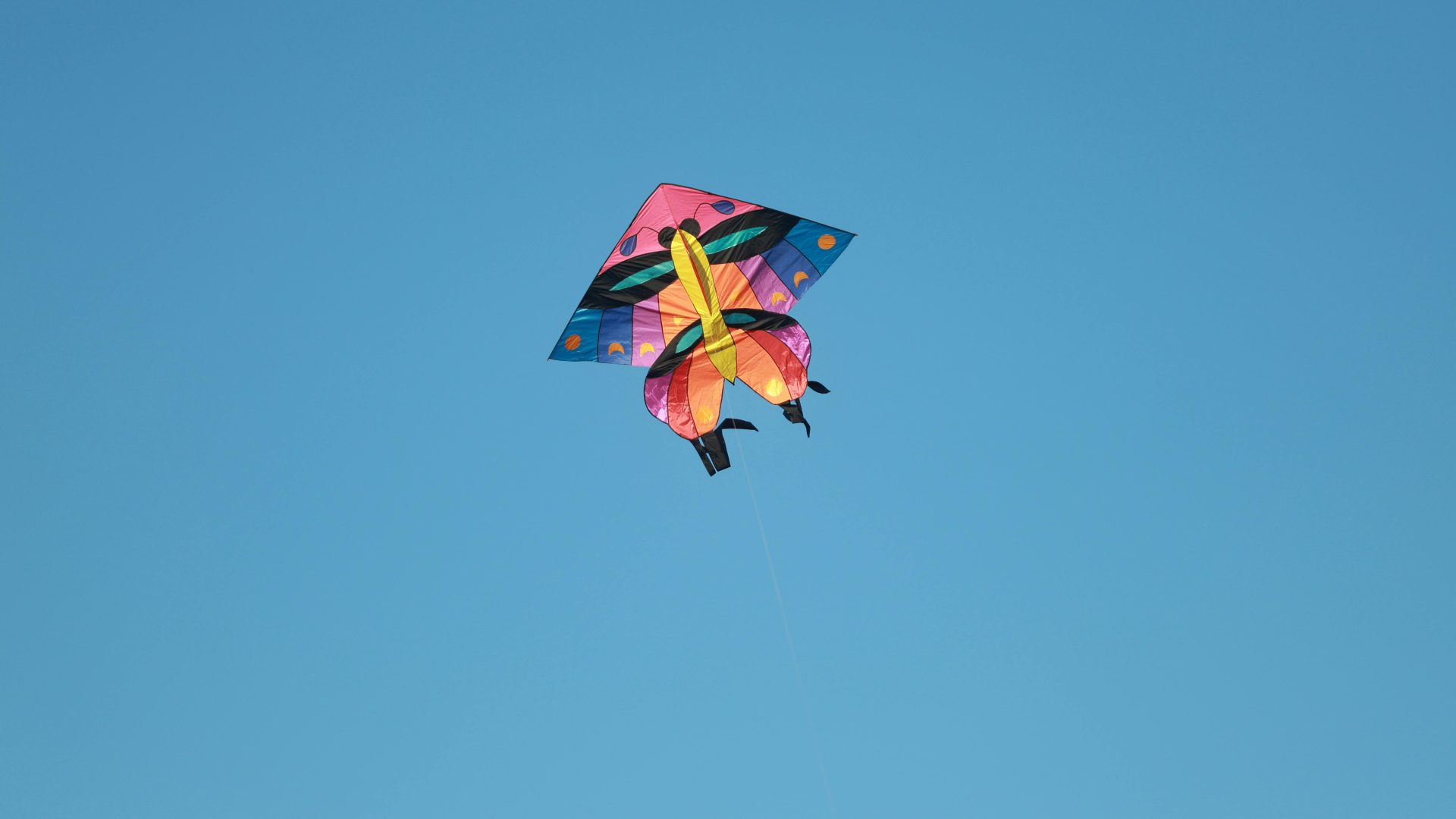Media organizations and private individuals are acquiring the rights to UAP sightings, restricting their sharing on social media via copyright claims. Additionally, social media platforms are asserting ownership over videos uploaded by users, leading to their removal. This initial sharing of content has been leveraged to develop new methods of information control, identifying individuals in direct contact and using AI algorithms to isolate them, ultimately steering them toward a predetermined belief system.

You’ve raised some important concerns about the ownership and control of UAP (Unidentified Aerial Phenomena) sightings. The practice of media outlets and individuals buying rights to these sightings and then restricting their dissemination on social media highlights a growing tension between information accessibility and copyright.
It’s troubling to think that this could lead to manipulation of public perception through targeted algorithms, as you suggest. The way information is controlled and filtered can significantly shape beliefs and narratives. This situation underscores the need for transparency around these practices and a critical examination of who gets to control such powerful content.
In a digital age where sharing information can happen in an instant, this level of control raises ethical questions about freedom of expression and the public’s right to know. It could be beneficial for discussions around policy and legislation to occur, ensuring that content related to public interest, such as UAP sightings, remains accessible while still respecting the rights of creators. Your post encourages an important conversation about the intersection of media, ownership, and the flow of information.